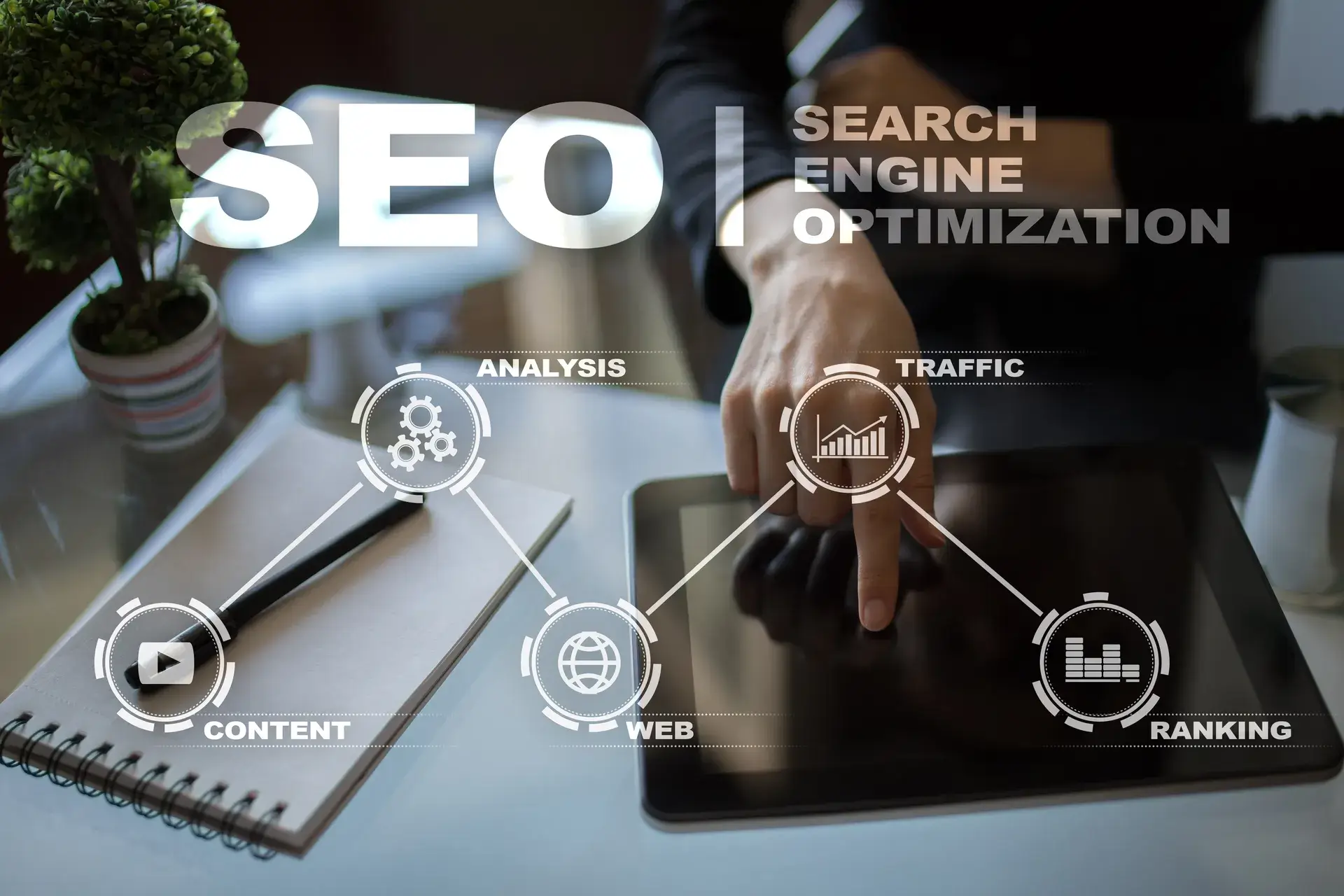On-page marketing is crucial for enhancing your website's visibility and optimizing user experience. It involves improving various elements on your site, including content, HTML tags, and overall structure, to rank higher in search engine results and engage visitors effectively. In this comprehensive guide, we will explore actionable strategies to optimize your on-page marketing efforts, ensuring better performance and increased conversions for your website.
What is On-Page Marketing?
On-page marketing refers to all the actions taken directly on your website to improve its position in search rankings and enhance user experience. This includes:
- Content creation and optimization.
- HTML tags optimization (like title tags and meta descriptions).
- Internal linking structure.
- URL structure and keyword usage.
- Mobile responsiveness and site speed.
Key Elements of On-Page Marketing
1. Quality Content
Creating high-quality, relevant content is the foundation of effective on-page marketing. Here are some key points to consider:
- Keyword Research: Identify keywords that resonate with your target audience and incorporate them naturally into your content.
- Content Length: Ensure your articles provide comprehensive information, aiming for at least 1,000 words on key topics.
- Use of Headers: Break up your content with relevant H1, H2, and H3 tags to enhance readability and structure.
2. Optimize HTML Elements
Properly optimized HTML elements help search engines understand your content better:
- Title Tags: Ensure your title tags are descriptive and include your primary keywords.
- Meta Descriptions: Craft compelling meta descriptions to improve click-through rates.
- Alt Text for Images: Use descriptive alt text for all images to improve accessibility and SEO.
3. Internal Linking
Internal linking helps distribute page authority throughout your website and improves navigation:
- Relevance: Link to related content to keep users engaged on the site longer.
- Anchor Text: Use descriptive anchor text for internal links to enhance user experience.
4. URL Structure
Your URLs should be clean and keyword-rich:
- Use hyphens to separate words.
- Avoid lengthy URLs; keep them concise and relevant.
5. Mobile Responsiveness and Site Speed
With more users accessing websites via mobile devices, it's crucial to ensure your website is mobile-friendly and fast-loading:
- Responsive Design: Use designs that adapt to various device screens.
- Optimize Load Times: Compress images and utilize caching solutions to improve speed.
Conclusion
Effective on-page marketing is essential for improving search rankings, engaging visitors, and increasing conversions. By focusing on quality content, optimizing HTML elements, enhancing internal linking, structuring clean URLs, and ensuring your site is mobile-responsive and fast, you can significantly boost your online presence. At Prebo Digital, we specialize in helping businesses optimize their websites for better performance. Ready to take your on-page marketing to the next level? Get in touch with us today for expert assistance!







